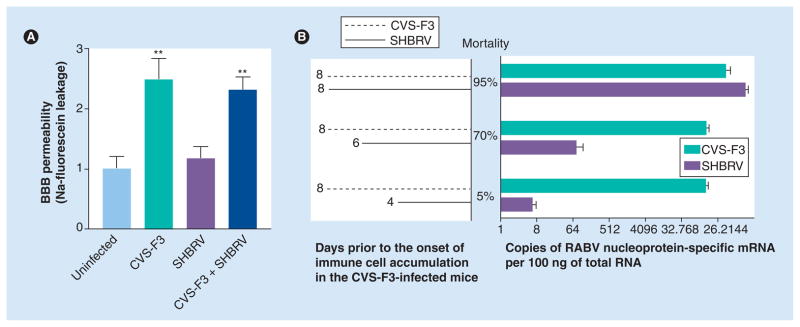Figure 3. Elevated fluid-phase blood–brain barrier permeability is the dominant outcome of mixed CVS-F3 and silver-haired bat rabies virus infection but occurs too slowly following CVS-F3 infection to have practical therapeutic value.
(A) Groups of five to six 129SvEv mice were either left uninfected or were infected with 105 focus-forming units of CVS-F3 intranasally, 104 focus-forming units of SHBRV intradermally in the ear, as previously described [12], or infected using both regimens. The extent of fluid-phase BBB permeability was assessed by measuring leakage of Na-fluorescein from circulation into the cerebellar tissues at 8 days postinfection as detailed previously [18]. Results are expressed as the mean ± S.E.M. (B) Groups of ten 129SvEv mice were infected with 105 focus-forming units of CVS-F3 intranasally and with 104 focus-forming units of SHBRV intradermally in the ear at the indicated intervals. RABV nucleoprotein levels for each virus in brain tissues were determined by real-time quantitative RT-PCR at 8 days after CVS-F3 infection using primers and probes specific for the two viruses. Synthetic nucleoprotein cDNAs were used to quantify the copy numbers of each nucleoprotein mRNA in 100 ng of total brain RNA.
**Statistical significance of the differences between uninfected and infected groups was tested using the Mann–Whitney test (p < 0.01). BBB: Blood–brain barrier; RABV: Rabies virus; S.E.M.: Standard error of the mean; SHBRV: Silver-haired bat rabies virus.

